by Richard A. Beranty
The U.S. 36th Infantry Division, known as the “Texas” Division, was inducted into federal service on November 25, 1940, at Camp Bowie, Tex., more than a year before America’s entry into World War II. Originally comprised of Texas National Guardsmen, division soldiers were dubbed “T-patchers” because of their distinctive shoulder patch of a sand-colored T on a pale blue arrowhead.
[text_ad]
The 36th was sent overseas in 1943 and continued training in the North African desert, ultimately becoming the first American division to do battle on the European mainland when it came ashore at Salerno, Italy, on September 9. In combat for 366 days through four different countries (Italy, France, Germany, and Austria), the division’s casualty list of 27,343 men was the third highest of any American division that fought in Europe. Its legacy also included 15 Medal of Honor winners by war’s end.
Capturing Some of the Most Famous (and Infamous) Members of the Nazi Hierarchy
Perhaps as impressive as its battle history were those members of the Nazi hierarchy captured by T-patchers in Austria during the waning days of the war. They included some of the most famous and most infamous, two of them landing in the prisoner’s docket at Nuremberg.
Reichsmarshal Hermann Göring, deputy führer and chief of Germany’s Luftwaffe, was taken prisoner on V-E Day, May 8, 1945, on a road near Salzburg following negotiations between his personal adjutant and 36th Division officers. In Göring’s company were his wife and daughter, captured as they were being chauffeured in his high-powered and bulletproof Mercedes-Benz, the windows of which were made of six-ply glass, two-inches thick. Sentenced to die by the Nuremberg judges, Göring escaped the hangman’s noose by taking cyanide just hours before his scheduled execution.
Reichsminister Hans Frank, the gauleiter of Poland and overseer of the Jewish extermination camps there, was captured by 36th Division troops after being trapped inside his office. The self-proclaimed “German king of Poland” quipped in late 1939, “It’s great to get to grips with the Jewish race at last. The more that die the better.” Given a death sentence at Nuremberg, Frank expressed hope just before being hanged that God would forgive him.
50,000 German Prisoners During the Course of the War
Field Marshal Gerd von Rundstedt, former commander of German armies in the West, surrendered May 1, 1945, with his wife and son at his side following dinner in his hospital residence at Bad Tolz where he was undergoing bath treatments for a leg ailment. The aging Rundstedt told his captors that he had last seen Hitler on March 12 when he was relieved of command and replaced by Field Marshal Albert Kesselring. A Prussian militarist to the core, Rundstedt said, “It is a most disgraceful situation for a soldier to give himself up without offering resistance.”
Max Amann, the third man to join the Nazi party and a former inmate with Hitler at Landsberg Prison following their failed Beer Hall Putsch in 1923, was arrested while living in seclusion at his palatial summer home on the lake near Tegernese. Amann had been general manager of the Eher Verlag (publishing house), considered the mouthpiece of the Nazi Party, and was the publisher of Hitler’s infamous book Mein Kampf.
SS General Josef “Sepp” Dietrich, a high-ranking military commander, was captured on the road in the company of his wife. Following several trials as a war criminal, Dietrich eventually served 10 years in prison and returned home to Bavaria, where he died in 1966 of a heart attack.
Also captured by soldiers of the 36th Division were Air Marshal Ritter von Greim, Air Marshal Hugo Sperrle, and filmmaker Leni Reifenstahl. Von Greim had taken over for Göring as Luftwaffe commander at war’s end, and committed suicide in captivity. Sperrle had been a dive-bombing tactician and planner of the London Blitz. Reifenstahl had gained fame for her filmmaking ability, particularly a documentary of the 1934 Nazi Party rally in Nuremberg, Triumph of the Will.
Through 20 months of war and five major campaigns, the 36th Division bagged some 50,000 German prisoners.

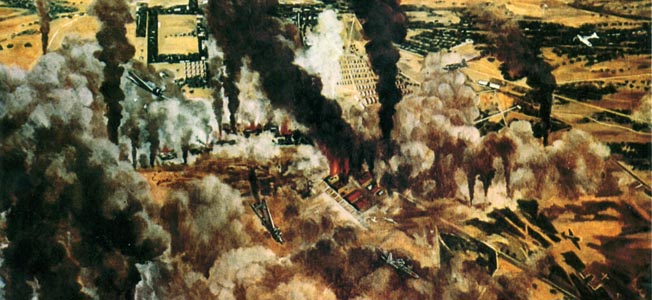
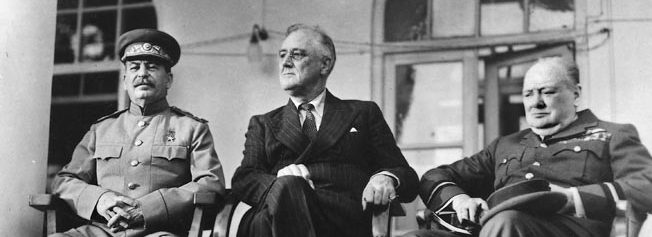

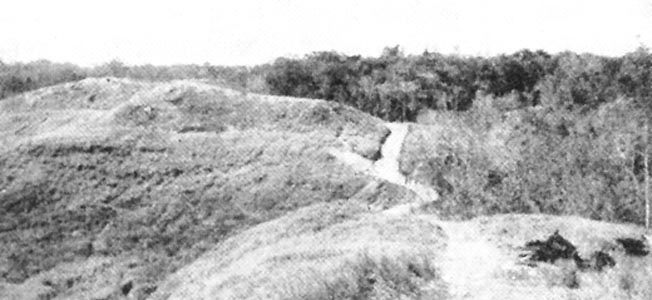
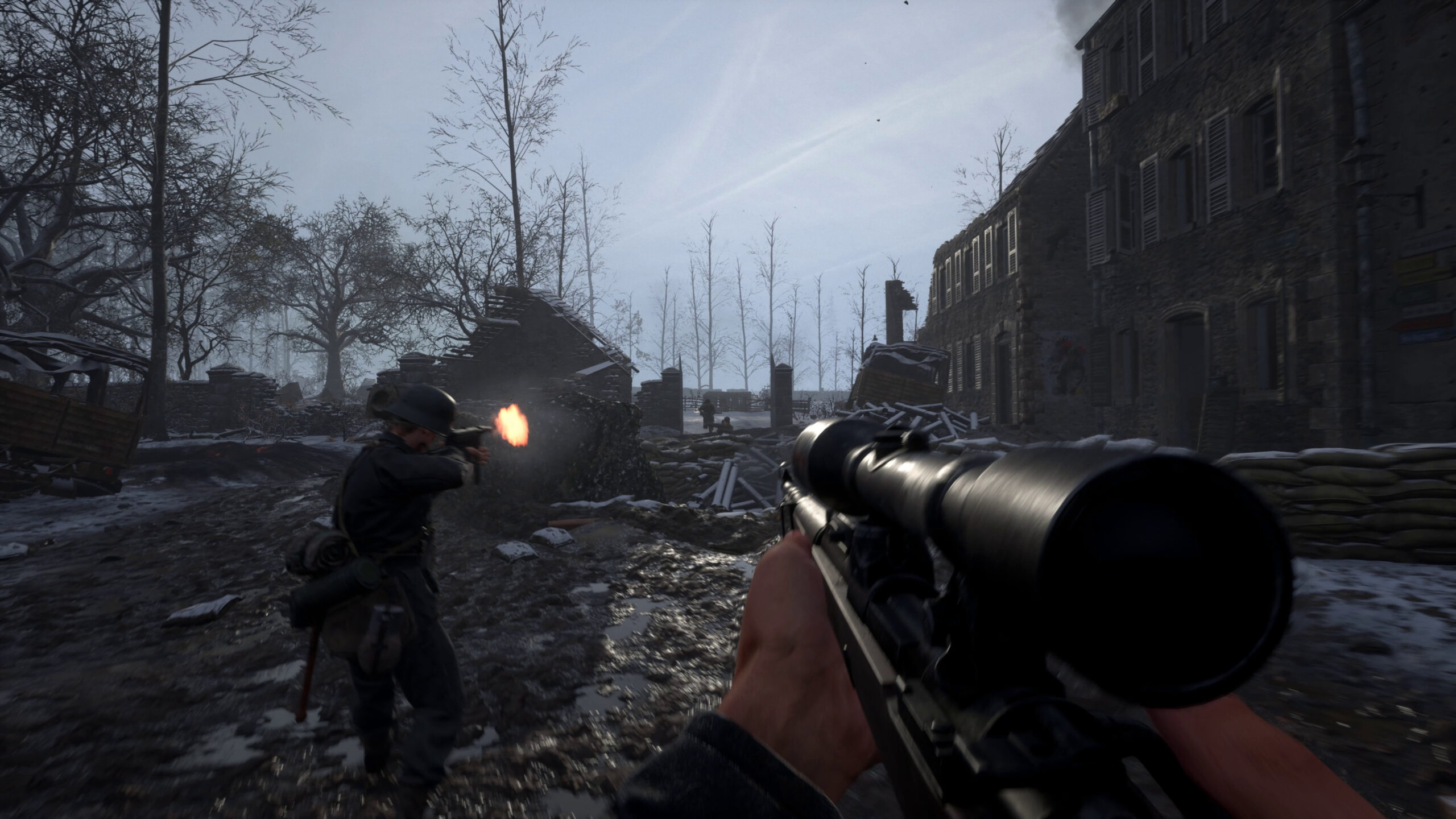

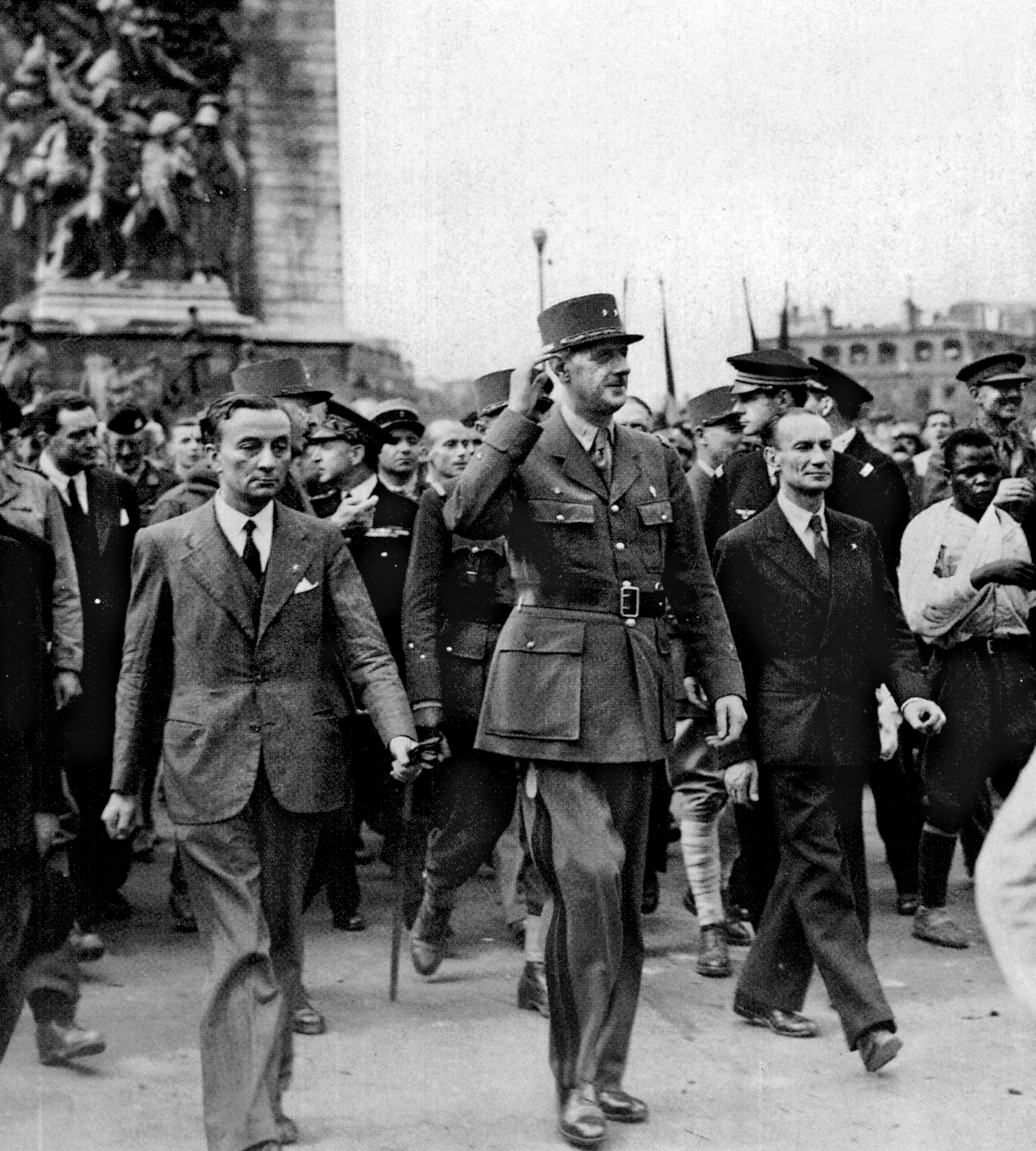
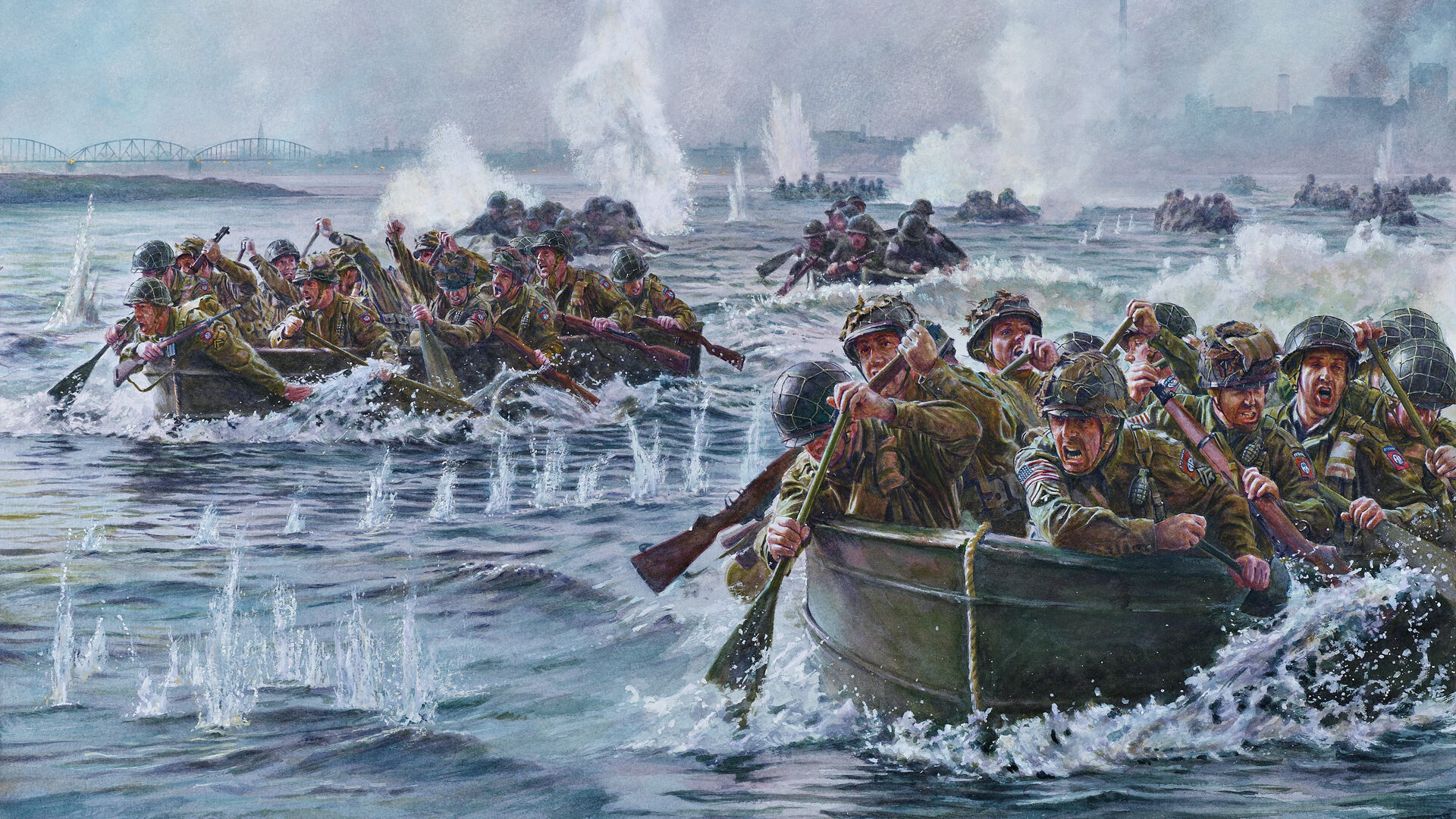
Join The Conversation
Comments
View All Comments